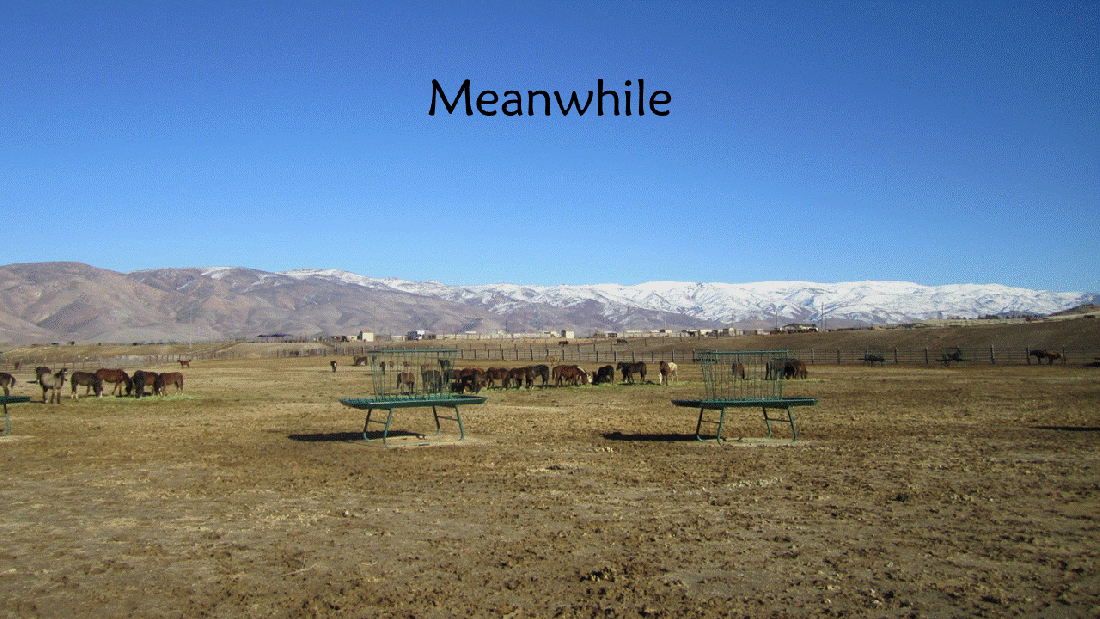The Sulphur HMA covers 265,675 acres in western Utah and has an AML of 250, as stated in the Final EA for wild horse management actions therein.
The actions were designed to achieve and maintain AML over a six to ten year period, according to a Decision Record signed in 2016. The DR authorized Alternative 1 in the EA, the Proposed Action.
AMLs represent a thriving ecological balance between wild horses, wildlife and other mandated uses of public lands. Sounds great, but what do they tell you about land-use plans and the attitudes and beliefs of those who wrote them?
The 250 horses allowed by plan require 3,000 AUMs per year. The stocking rate allowed by plan is approximately 0.9 wild horses per thousand acres.
The HMA intersects nine allotments. The EA provided grazing seasons and authorized forage but did not provide the sizes. Refer to Table 3.2 in the EA (page 23 in the pdf).
The area subject to permitted grazing was estimated to be 80% of the HMA, based on the map supplied with the EA. The Mountain Home allotment was inactive when the EA was published. That may not be the case today.

The stocking rates allowed by plan for each of the allotments could not be determined.
The total estimated forage available to livestock inside the HMA is 10,257 AUMs per year and the total estimated herd size is 1,755 cow/calf pairs. The weighted average grazing season is 5.8 months per year.
Sheep are allowed on three of the allotments but the calculations are based on cow/calf pairs for a direct comparison to those for wild horses. The resource requirements of wild horses and cow/calf pairs are said to be equivalent.
The stocking rate allowed by plan is 8.3 cow/calf pairs per thousand acres, based on an estimated 212,540 acres available to livestock.
These management indicators are compared in the following charts.

The forage assigned to livestock would support an additional 855 wild horses, for a new AML of 1,105. The Rule of 5 yields 1,250 wild horses.
That figure, 1,105 wild horses, represents the carrying capacity of the land if permitted grazing was prohibited and the HMA was managed principally for wild horses according to the original WHB Act. (Forage allocated to wildlife not considered.)
The HMA is currently subject to a roundup that will remove 600 wild horses.
The pre-gather population of 1,193 means there were 88 excess horses on the HMA when the operation began, not 943 per the current AML.
The roundup will take the herd to approximately 50% of the true AML, which probably won’t be exceeded for another five years.










